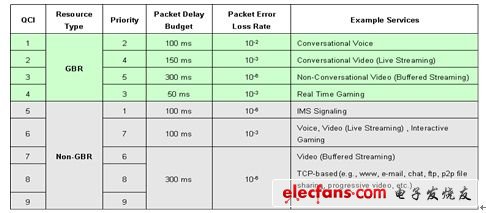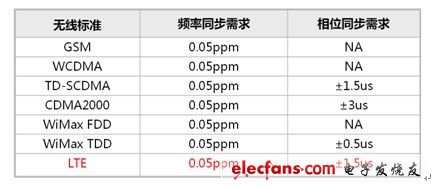With the advent of the LTE era, the requirements for PTN bearer networks are becoming higher and higher, including flat networking, large bandwidth, large network management, high QoS requirements, and accurate clock synchronization. In order to complete the smooth evolution to LTE. 1. The LTE era has arrived In early 2012, China Mobile Group announced that its TD-LTE (hereinafter referred to as LTE) will enter the stage of full-scale commercial use, and it is determined to conduct trials in 13 cities across the country, including Beijing, Hangzhou, Shenzhen, Tianjin, Nanjing, Xiamen, Wuhan, Guangzhou, Qingdao, Shanghai, Chengdu, Shenyang, Fuzhou, etc., the pilot scale is about 25,000 base stations, and plans to expand to 200,000 base stations by 2013. As of May 2012, Shenzhen, Hangzhou, Guangzhou, and Beijing had opened LTE services, and began to provide consumers with faster and more convenient wireless broadband services. With the joint promotion of China Mobile and various mainstream communication manufacturers, the entire LTE industry chain has gradually matured, and the LTE era has arrived. LTE, as a new-generation broadband mobile communication technology, has significant wireless bandwidth advantages over the previous GSM and TD-SCDMA technologies, and can provide end users with richer service types such as high-definition video on demand, online game interaction, and high-definition video conferencing. Smooth business experience. At the same time, the flattening of the LTE network structure has promoted the evolution of the base station bearer network from "point-to-point" to "multipoint-to-multipoint", placing higher requirements on network bandwidth, delay, QoS and other capabilities. How does the existing PTN base station bearer network meet the network construction needs of the LTE era? How to achieve smooth evolution? 2. Characteristics of LTE bearer network 1. Flat network structure: Compared with GSM / TD-SCDMA, the LTE network architecture has undergone significant changes: the entire wireless network is composed of eNodeB and SGW / MME, and the network tends to be flat; the original RNC / BSC disappears and its functions are decomposed into eNodeB and SGW / MME. S1-Flex serves as the interface between eNodeB and different SGW / MMEs, X2 serves as the interface between adjacent eNodeBs, the network evolves from "point-to-point" to a "multipoint-to-multipoint" architecture, and the base station bearer network is at the core layer Introduce static L3 capabilities to achieve LTE traffic grooming. 2. Higher bandwidth and larger scale In the initial stage of LTE, the average bandwidth of the base station reached about 120M, the peak bandwidth exceeded 300M, and the theoretical peak could reach 450M. The following table shows the base station bandwidth plan of China Mobile's LTE pilot in 2011. At the same time, the average distance between LTE stations is about 600 to 800 meters, which is much smaller than the distance between TD-SCDMA stations. The base stations gradually realize deep coverage. The number of network nodes will increase exponentially compared to the number of existing nodes. 3. Higher QoS requirements: Since the bandwidth of LTE has been greatly improved, it provides a basis for supporting more and more types of services. Therefore, LTE strictly classifies and defines the quality of service QoS (as shown in the following table), corresponding to different priorities and delays of the bearer network: Not only that, in order to meet the high call rate and service quality requirements of LTE, the bearer network must ensure low latency, which is stricter than the requirements of GSM / TD-SCDMA. The theoretical delay value of the S1 logical connection is 5 ~ 10ms The theoretical value of the bearer delay of the X2 connection is 10 to 20ms. 4. Strict time synchronization: In order to ensure the quality of service for clock-critical services (such as eMBMS, location positioning, etc.) and reduce the interference caused by the high density of base stations, LTE requires the bearer network to provide a stricter time synchronization mechanism with a time synchronization accuracy of ± 1.5us .
- 5 Way Power Strip with overload
protection can protects your electrical devices from over current damage. Energy Saving Power Board can be combined with USB Port, Surge Protector, Overload Protector, Double Break Switch or Individual Switches and so on.
- 5-Outlet Electric Socket Extension can be hang on the wall or mounted on desk or so.
- PC+ABS flame retardant, phosphor
bronze+pure copper. Compliance with international standards.
5 Way Power Strip 5 Way Power Strip, Energy Saving Power Board, Power Strip Individual ON OFF Switches, 5-Outlet Electric Socket Extension, Electrical Outlet USB ZhongShan JITONGLONG Plastic Hardware Co. Ltd. , https://www.toukoo-electronics.com

